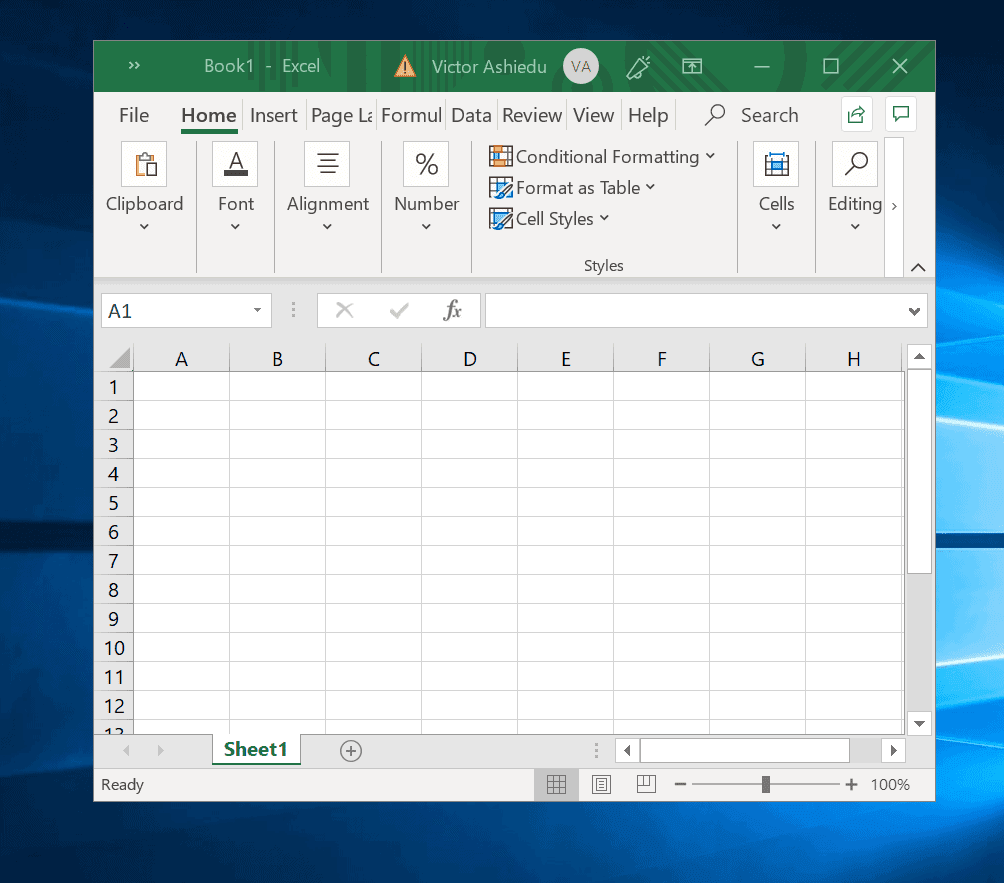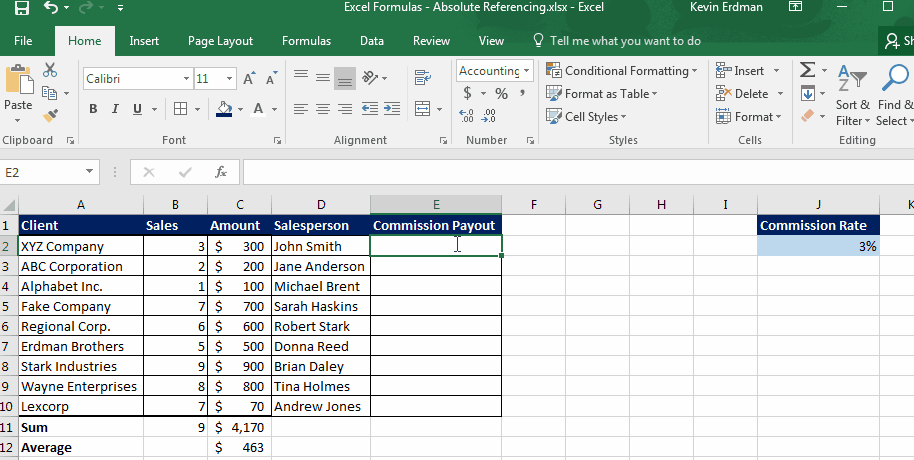

So, for us to have a result in the Formula that we copied in the Cells we must use an Absolute Reference. =B7*G6 – B7 contains the number 7 (Hours Worked), but G6 contains nothing (meaning 0) =B6*G5 – B6 contains the number 6 (Hours Worked), but G5 contains nothing (meaning 0) =B5*G4 – B5 contains the number 4(Hours Worked), but G4 contains nothing (meaning 0) =B4*G3 – B4 contains the number 3 (Hours Worked), but G3 contains nothing (meaning 0) Why? Because while we copy the Formula to the rest of the Cells, we will have the following results: If though, I want to copy the Formula for the rest of employees meaning the area C3 until C7 I will not have a result. That is the Amount that I must pay for Philippos. This means that I will multiply the data of the Cell B2 which is 5hours with the data of the Cell G2 which is 7€.

In the Cell C3, I type in the Formula =B3*G2. So, in the Cell C3, I want to create a Formula that will multiply the Cell B3 with the Cell G2, which will display the Amount that I have to pay for Philippos. In the Cell G2 I have the Hourly Rate price. In Column C I want to find how much I must pay them. In the image below, I have in Column A names of employees, in Column B I have how many Hours that they have worked. An Absolute Reference is specified by the Dollar Sign ($) before the Column and before the Row. When we use an Absolute Reference when filling Cells, it keeps the Row and Column constant.Īn Absolute Reference looks like this: $A$2 The Column and the Row will not change when it is copied. Many people confuse the difference between an Absolute Reference with a Relative Reference. How can I keep the formula the same when copying?Īnswer: To create a formula that does not readjust when copied to other cells, you need to create an absolute reference (ie: $ symbol).There are times when we create a Formula in a Microsoft Excel Worksheet, that we do not want the Cell Reference to change when we are filling Cells. When I copy the formula to the next cell down, the formula changes to =COUNTIF(A3:A46,B7) Question: I'm using the "drag and Ctrl key" to repeat a formula, however the formula adds 1 to both the beginning and the end of my range, how do I correct this?įor example, if I have the following formula: =COUNTIF(A2:A45,B6) This time the reference to the column is readjusted with the row remains static. Then we've copied this formula to cells D2, E1, and E2. Our last combination involves referencing a cell with a relative column and an absolute row reference.Īgain, we've creating a formula in cell D1. This time the reference to column A remains static while the reference to the row is readjusted. In this example, we'll look at a reference involving an absolute column with a relative row reference.Īgain, we've creating a formula in cell D1. Now, let's look at some hybrid references where we use both absolute and relative referencing. This is because column the column (A) and row (1) cell references have been absolutely referenced. As you can see, the original formula has stayed intact.

Again, we've created a formula in cell D1. As you can see, the original reference to cell A1 has been readjusted.Īn absolute reference occurs when a cell is entered in a formula using the $ symbol.Įach component of the cell reference can either be defined as absolute or relative. In our example below, we've created a formula in cell D1. When you copy this formula to another cell, Excel automatically adjusts the cell reference to refer to different cells relative to the position of the formula. What is a relative reference?Ī relative reference occurs when a cell is entered in a formula without using the $ symbol. This cell reference can either be a relative or an absolute reference. In Microsoft Excel 2003/XP/2000/97 when you create a formula, chances are you've referenced another cell within your formula. MS Excel 2003: Relative vs Absolute referencing


 0 kommentar(er)
0 kommentar(er)
